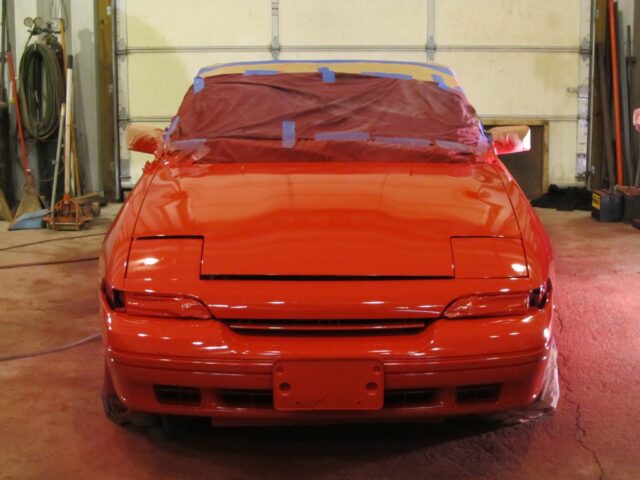
Owning a vehicle comes with a great deal of responsibility. Simply buying a car and keeping it safe and sound is not enough, even if you have a garage or a dedicated area for it. It requires proper and regular maintenance, both in terms of cleaning and in the mechanical sense. Considering how much expense you put into buying your car, it is necessary that you maintain it well so that it lasts you for more than a few years. The appearance and longevity of your vehicle depend on your maintenance program so if you do not know much about it, it is high time you did something on that front.
Other than standard maintenance practices such as engine check and tire selection, you will need to include paint correction as well. Paint correction entails a multi-step process of removing imperfections such as scratches in the automotive clear coat and restoring it to its original condition and glory. Even though it can get expensive depending on the brand and model of your vehicle, the benefits and results should motivate you to do this on your car and give it that original shine and appeal. Read on to learn more about the benefits of paint correction and the stages it comes in.
Benefits of paint correction
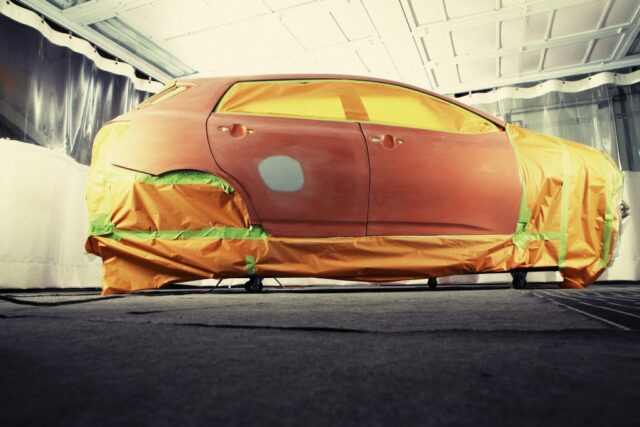
1. It adds years to your car
The paint is the first thing to suffer whatever happens to your car. Even if it is the littlest of swirls and scratches, it shows and can get pretty annoying. And then there is the oxidation that leaves the coat exposed and prone to further more serious damage. The accumulation of water, chemicals, dirt, and pollutants over a long period of time hardly does the paint job any good. The accumulation and reaction between these compounds cause corrosion and rusting, all quite expensive to repair. With paint correction, these cuts are repaired on time and it prevents any further damage to your car. The correction process will extend the factory life of the paint, too. To maximize the potential after the procedure, you will also need to follow up with paint maintenance to ensure its maximum longevity.
2. It Improves the resale value for your car
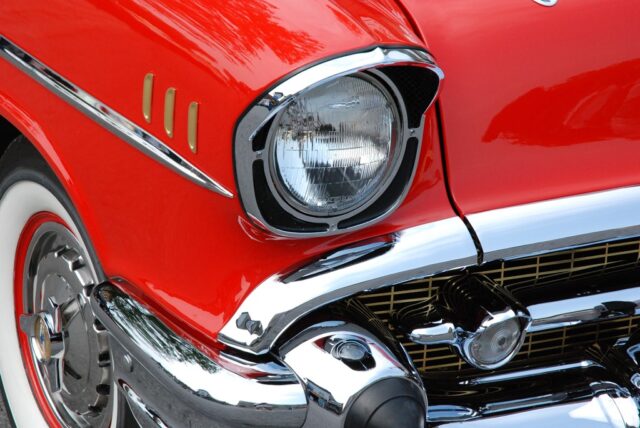
Even though the car value is constantly depreciating, you would not want to run a huge loss when you finally decide to sell your car. Paint correction is the best investment to make described at carcare.net.au post if you want to improve the resale value of your vehicle. After a paint correction, your car would be as good as new and can be sold for a high price to match its quality. The paint job is the first thing a potential buyer sees when they come for inspection, so if you have some scratches or other damage on the coat, make sure to get a paint correction procedure before you put it up for sale.
3. It gives your car a shine
We already talked a bit about this, but let us now go a bit deeper. Paint correction aims to restore the coat of paint on your vehicle. The layer of paint on a vehicle is like the skin of human beings, it is the thing that is the most obvious and what suffers even with the smallest of injuries. Therefore, the initial shiny and wet appearance is probably long gone by now, and to restore it you will need the right type of treatment. The look you so much desire for your car will be refurbished to the original paint when and your vehicle will glow like never before. The paint will have a new, shiny, and vibrant look, so much so that people will think you have a new set of wheels.
4. Restores exterior vinyl and accents
Besides giving your car a shine, paint correction also rejuvenates the exterior accents and parts such as bumpers or spoilers. Not all cars utilize one and the same color throughout the body. Some have different shades of the same paint or a different type of material that is painted. Whatever the accents or vinyl your car utilizes, there are different products used in the rejuvenation of the external parts. Rest assured that everything will look better no matter what it is and how delicate it may seem.
Stages of paint correction
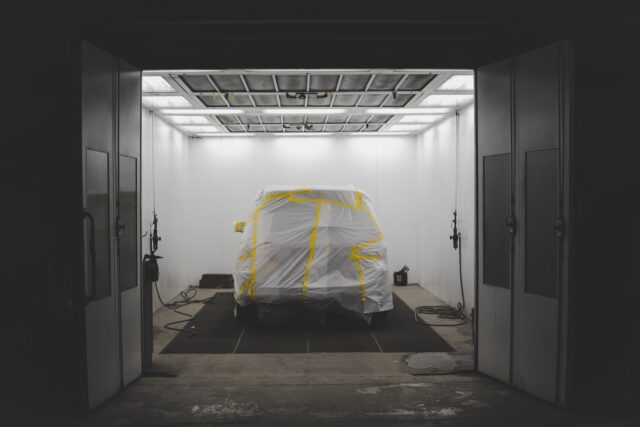
Many paint correction techniques are available on the market and knowing more about them is key to choosing the best treatment for your wheels. It is essential to choose the one meant for your paint type and condition. Paint correction can be and usually is done in multiple stages, more of which you can check out in the following section.
1st Stage
The first stage of paint detailing entails polishing the paint on the car. First things first, your car is washed to remove any dirt and identify the imperfection closer. The specialists performing the service use a buffing agent and a clay bar to eliminate minor blemishes on the vehicle. At this stage, swirl marks cannot be removed as the process uses the weakest and gentlest abrasive pads.
2nd Stage
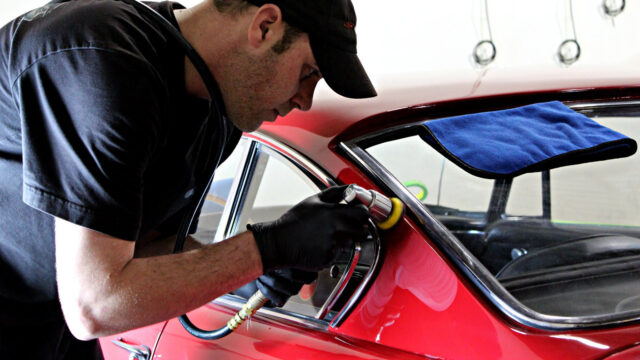
This is an intermediate stage of paint detailing that removes minor scratches and moderate swirl marks. In the first part of the second stage, the technicians use an abrasive pad and a cutting polish to remove the imperfections. The technicians are keen to avoid over-polishing as this can damage the paint. After that, a smother polishing pad and finishing polish are applied to remove any hologram and marring from the cutting polish. A wax sealant is also used as a protective element to the refined paint job to ensure the longevity of the whole procedure.
3rd Stage
Stage three paint correction is applicable primarily for deep scratches and marring, so if your car lacks such damage you will not require the third stage. A heavier cutting agent and courser pad which are more abrasive than standard ones are used to remove the deep scratches. Lastly, a protective coating is applied to bring out the shine and color of your paint and offer more protection against new possible damage.
Paint correction vs. repainting
Before we let you go, we have to quickly address a common misconception and question customers tend to have. Contrary to common misbeliefs that paint correction is the same as repainting, there is an important difference. Repainting involves removing the old paint as much as possible, as well as rust and corrosion, and then applying a brand new coat of paint. On the other hand, paint correction is an advanced polishing treatment that preserves the original paint, removes the damages, and gives the vehicle a new shine.







